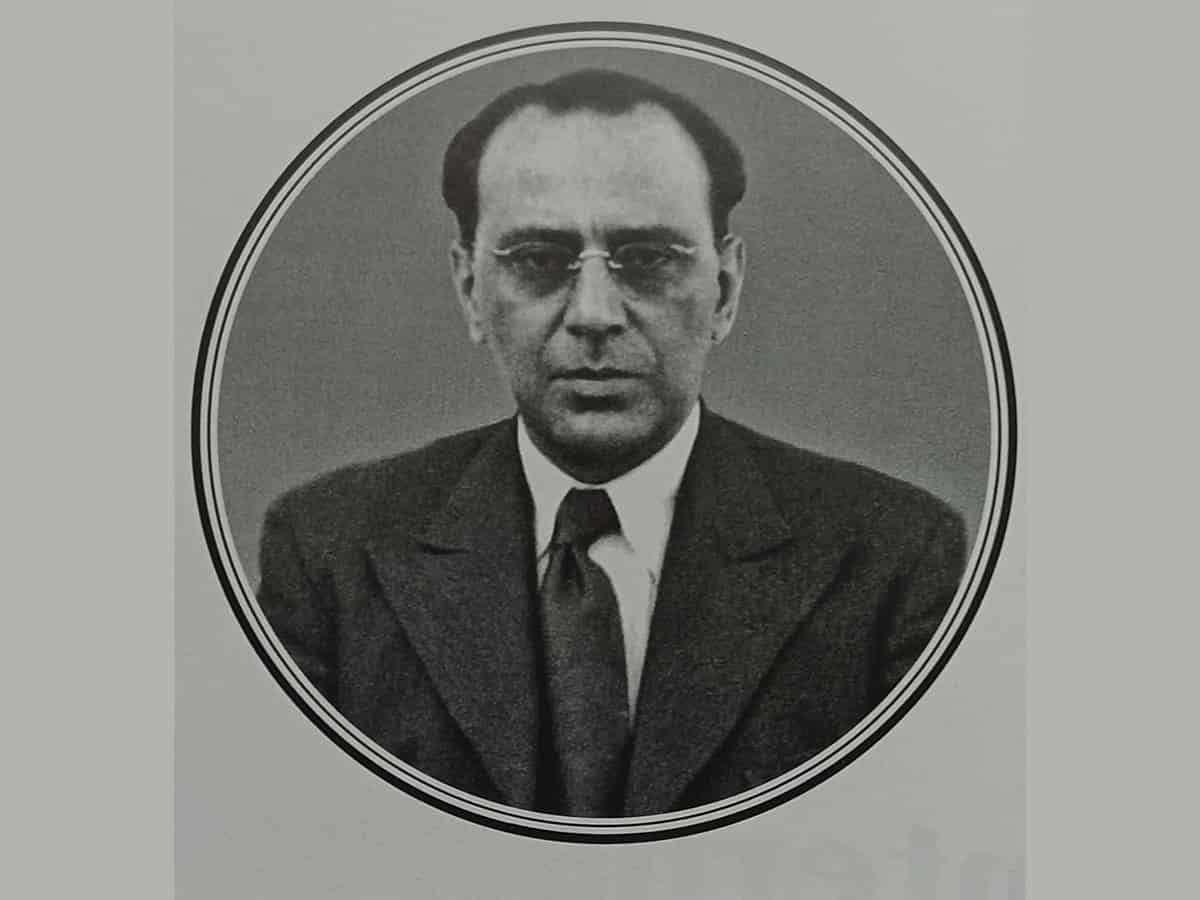
Over the decades Hyderabad has produced many exceptionally talented cricket players whose exploits on the field made them famous throughout the land. But for various reasons, they could not find a place in the Indian teams. Then there were those who did get selected but did not get an opportunity to display their full potential.
Nawab Syed Mohammed Hussain was one such player who was a very gifted batsman of his day. He was selected for the Indian team when it toured England in 1936. He was born in Hyderabad on 8th December 1902 and did his schooling at the famous Madrasa-e-Aliya and later at Nizam College.
He belonged to a reputed family in Hyderabad and was the elder brother of the multi-talented S.M. Hadi who became the first player to score a century in the Ranji trophy and also represented India in tennis at the Olympics, Davis Cup, and the Wimbledon championships.
The elder brother Syed Mohammed Hussain was a much-disciplined man and in keeping with his mental outlook, he joined the Hyderabad state army before shifting to the Hyderabad police department.
Shifting to Police Department
For this, he had to undergo specialized training at the police academy in Mhow in Madhya Pradesh. Such was his expertise in maintaining law and order that he rose rapidly up the ranks in the later stage of his career and became the Director General of Police.
As a cricketer, he played for the Hyderabad army team and later for the police team. When he was a young man the All India level cricket tournaments that were most popular were the Quadrangular and then the Pentangular tournaments.
In these tournaments, the teams were divided according to the religious affiliation of the players (Hindus, Muslims, Parsees, etc.) and for this reason, these tournaments were later abolished after Mahatma Gandhi and other leaders objected to this system of selecting teams according to religion.
However, when Nawab Hussain was a good player these tournaments were still being played and he represented the Muslim team. He also had the distinction of leading the first-ever Hyderabad team when it played in the Ranji trophy championship in 1934.
His good batting and fielding that year caught the eye of the experts and he was included in the Indian team which was selected for a tour of England in 1936. Although the Nawab was not included in any of the Test matches, he did get to represent India in the first-class matches against the English county teams. In these matches, he performed well and kept India’s colours flying high.
Nisar was his teammate
Hussain’s teammates were legendary figures like Mohammed Nissar and Amar Singh (who were the best new ball bowlers India has ever had), then Vijay Merchant, Lala Amarnath, Mushtaq Ali, Cotah Ramaswamy, Jahangir Khan and Amir Elahi (these two players had the distinction of representing both India and Pakistan).
This was also the tour that gained notoriety due to the spat between the Maharaja of Vizianagaram and Lala Amarnath following which Lala was sent back to India.
However, back then international matches were very rarely held. By the time he got his chance to play the first international series of his life, Hussain was already 33 years old. Later he decided to stop being an active player and took up the role of a coach.
He molded the careers of the Hyderabad police team’s players and could be seen daily at the nets encouraging them and correcting their technique. Being a strict disciplinarian he insisted that the players conduct themselves in a sportsman-like manner not only on the field but also off the ground in their regular police duties.
Cricket Biryani
In his book titled Cricket Biryani, the former Secretary of the HCA P R Man Singh stated that the Nawab was a very reserved man and rarely spoke. But on some occasions, he would tell the stories about his tour of England in 1936 and also the dismissal of Lala Amarnath by Vizzy and many other tales about his own experiences. These stories about the famous players of his days could hold audiences spellbound.
One of the most glorious moments of S.M. Hussain’s cricket career was when he led Hyderabad to its very first Ranji trophy victory. In his first-class career, he played 44 matches and scored 1724 runs at an average of 24.62 per innings. He did not score any centuries but on 14 occasions he scored more than 50 runs with a highest score of 94. He was distinctly unlucky to miss that century in first-class cricket. He passed away in 1982.



